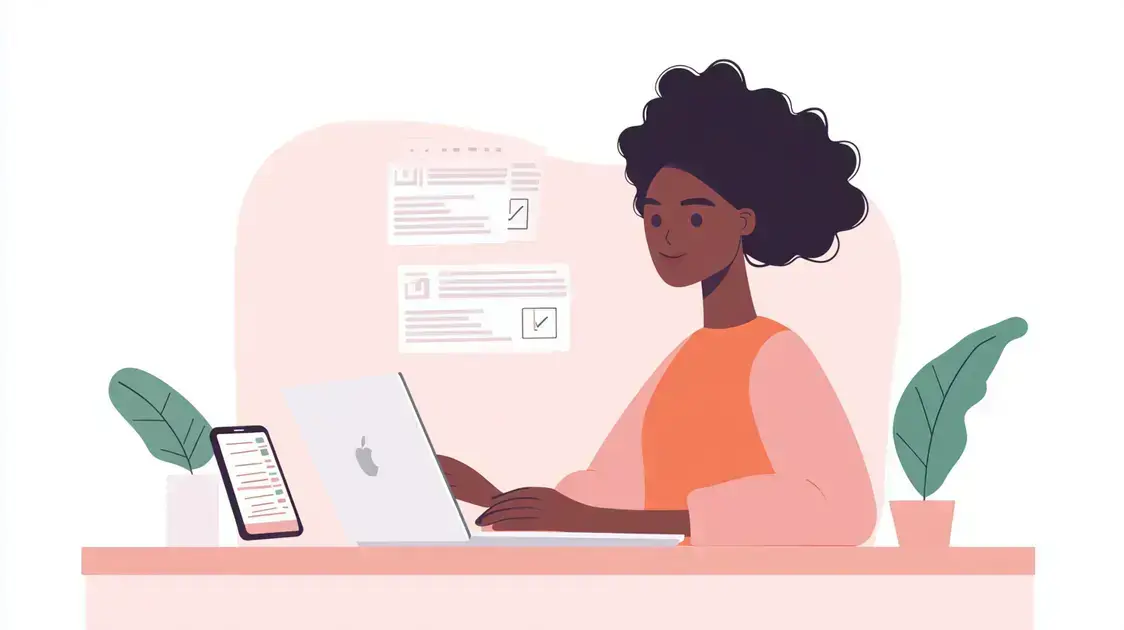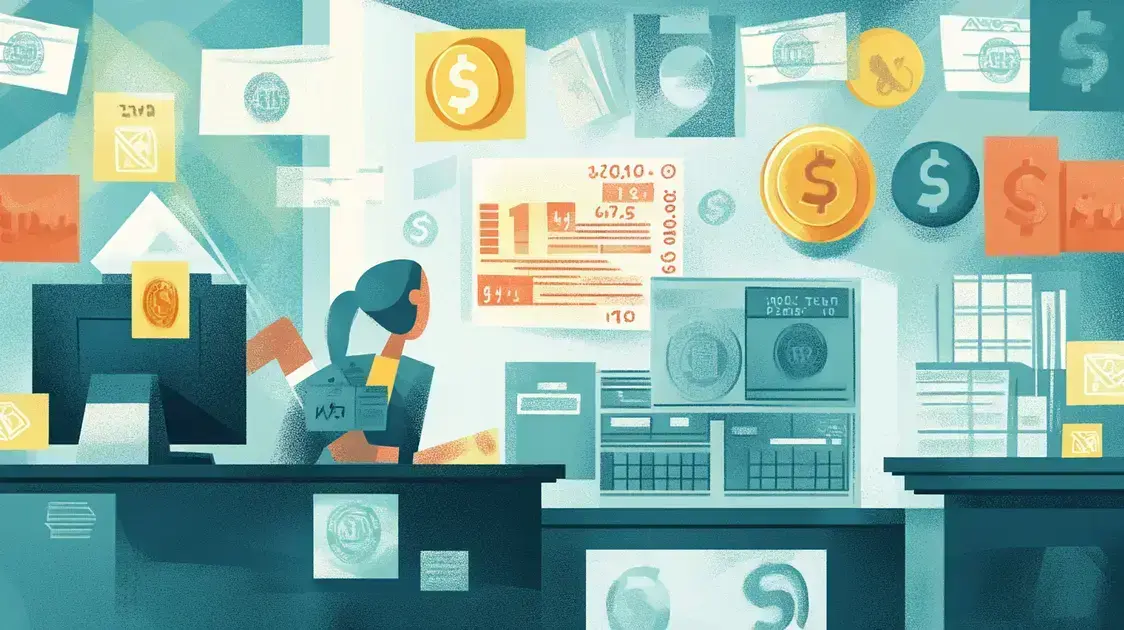How to Get a Money Order is a common concern for individuals looking for a secure and accessible way to send money. Unlike cash, money orders provide a paper trail, which makes them safer for both the sender and the recipient. They are often used for rent payments, bills, or sending funds through the mail.
One advantage of learning How to Get a Money Order is that you don’t need a bank account to use one. You can purchase them at post offices, retail stores, or certain financial institutions using cash or debit. This makes them a convenient option for many who prefer alternative payment methods.
If you’re interested in safer financial transactions or need a trusted alternative to checks or wire transfers, understanding How to Get a Money Order is a smart step. Keep reading to learn the process, where to buy them, and tips to use them safely and effectively.
What is a Money Order?
A money order is a prepaid paper form of payment that functions like a check but doesn’t require a bank account. It’s often used for secure transactions when cash isn’t safe or checks aren’t accepted. Knowing how to get a money order helps you make payments confidently and safely.
You can buy money orders at post offices, banks, and retail stores. They’re issued in specific amounts and come with a receipt for tracking. Part of understanding how to get a money order is knowing where to get one and checking the fees involved.
Filling out a money order requires the recipient’s name and your details as the sender. Accuracy is key to avoid any cashing issues. Learning how to get a money order also includes making sure it’s filled out properly.
Money orders are great for paying rent, bills, or sending money by mail. They’re especially useful for people without bank accounts. Discovering how to get a money order gives you a secure and widely accepted payment option.
By understanding how to get a money order, you gain a reliable tool for everyday payments. It offers security, simplicity, and peace of mind—making it a smart choice for many financial situations.
How to Get a Money Order at Post Offices

Getting a money order at a post office is straightforward and convenient. Follow these simple steps to ensure a smooth process:
Step 1: Locate Your Nearest Post Office
Use the official postal service website to find a post office near you. Make sure to check the operating hours, as they may vary by location.
Step 2: Gather Necessary Information
Before heading to the post office, collect the following information:
- The amount you want to send.
- The name of the recipient.
- The address of the recipient.
Step 3: Bring Required Payment
You will need to pay for the money order upfront. You can use cash, a debit card, or a credit card for payment. Bank cheques and personal cheques are typically not accepted.
Step 4: Visit the Post Office Counter
Once you arrive at the post office, go to the designated counter for money orders. Inform the clerk that you want to purchase a money order.
Step 5: Fill Out the Money Order Form
The clerk will provide you with a money order form to fill out. Ensure that you accurately enter all the information, including the recipient’s name and address.
Step 6: Pay the Fee
After filling out the form, submit it to the clerk along with your payment. The post office usually charges a small fee for issuing the money order, which can vary by location.
After completing these steps, you will receive your money order. Keep the receipt for tracking purposes. You can now send the money order to your recipient safely.
Using Retail Stores for Money Orders
One of the most convenient answers to how to get a money order is visiting a retail store. Many major chains like Walmart, CVS, and 7-Eleven offer money order services at their customer service counters. These locations are often open late and on weekends, making them accessible for people with busy schedules.
When learning how to get a money order at a retail store, it’s important to bring the exact amount in cash or use a debit card, as most stores do not accept credit cards for money order purchases. You’ll need to provide the recipient’s name and possibly a form of ID. Understanding how to get a money order also means being aware of the store’s fees and purchase limits.
Knowing how to get a money order at a retail store gives you flexibility, especially if you don’t have a nearby bank. These stores make the process simple and fast. By mastering how to get a money order, you gain a practical and secure way to handle payments in your everyday life.
Online Options for Money Orders

Getting a money order online is a convenient way to send money securely right from your home. Many services offer this option, each with its own features. Here are the steps and options available for obtaining money orders online:
Step 1: Choose a Reputable Service
Start by selecting a trusted online provider that offers money orders. Some popular options include:
- Western Union
- MoneyGram
- PayPal
Always check for the service’s credibility and read user reviews to ensure a safe experience.
Step 2: Create an Account
You will likely need to create an account with the chosen service. This typically involves providing your personal information, such as your name, address, and contact details.
Step 3: Select the Money Order Option
Once your account is set up, look for the option to purchase a money order. Enter the amount you want to send and the recipient’s information, including their name and address.
Step 4: Payment Method
Pay for the money order using one of the accepted methods. Most services accept:
- Credit cards
- Debit cards
- Bank transfers
Note that some services may charge a fee for processing the money order.
Step 5: Confirmation and Tracking
After completing the transaction, you will receive a confirmation, often via email. Most online services provide a tracking number, allowing you to follow the money order’s status until it reaches the recipient.
Step 6: Send the Money Order
Depending on the service, the money order may be sent electronically or via standard mail. Ensure that you understand how the delivery will occur and any additional steps required for the recipient to cash or deposit the order.
Using online options for money orders gives you flexibility and convenience, enabling you to manage payments efficiently from the comfort of your home.
Fees and Limits for Money Orders
When using money orders, it’s essential to consider the various fees and limits associated with them. These can affect how much money you can send and how much it will cost you.
Fees for Money Orders
Fees can vary widely depending on where you purchase your money order. Here are some general guidelines:
- Post Offices: Typically charge between R20 and R40 for issuing a money order.
- Retailers: Stores like Walmart and CVS usually have fees ranging from R5 to R25.
- Online Providers: Fees may depend on the amount being sent and can vary from R30 to R60.
Always confirm the fee before making a purchase, as it can affect the total amount you are sending.
Limits on Money Orders
Limits are set to protect against fraud and to regulate transactions. Here are common limits you might encounter:
- Maximum Amount: Many issuers set a maximum limit for each money order, often around R1 000. Some reputable providers may allow higher limits.
- Daily Limits: There might be restrictions on how many money orders you can purchase in a day, typically ranging from 3 to 5 orders.
- Monthly Limits: Certain providers might impose a cumulative limit on how much you can cash in a month.
Understanding the fees and limits associated with money orders helps you plan your transactions more effectively.
Tracking Your Money Order
![]()
Tracking your money order is crucial for ensuring it reaches the recipient safely. Different providers offer various ways to track money orders. Here’s a guide on how to do it:
Step 1: Obtain the Tracking Number
When you purchase a money order, you will receive a receipt that includes a unique tracking number. This number is essential for monitoring the status of your money order.
Step 2: Visit the Provider’s Website
Go to the website of the issuer of your money order. Common money order issuers include:
- Western Union
- MoneyGram
- Post Office
Step 3: Use the Tracking Tool
Most providers have a dedicated tracking tool on their site. Look for an option labelled something like “Track a Money Order.” Enter your tracking number and follow any additional prompts to see the current status of your order.
Step 4: Contact Customer Service
If you cannot find your tracking information online, you can contact the customer service department of the issuer. Have your tracking number and receipt handy for reference.
Step 5: Wait for Delivery Confirmation
Once your money order has been delivered, you will typically receive confirmation either via email or through the tracking tool. It’s important to keep this confirmation as proof of payment.
Tracking your money order provides peace of mind, ensuring that your funds are secure until they reach their intended destination.
FAQ – Frequently Asked Questions about Money Orders
What is a money order?
A money order is a prepaid payment method that allows individuals to send funds securely without needing a bank account.
How do I get a money order at a post office?
To get a money order at a post office, locate your nearest post office, gather required information, bring payment, and fill out the money order form.
Can I purchase a money order from retail stores?
Yes, many retail stores, such as Walmart and 7-Eleven, offer money order services. Check the store’s website or call for details.
What are the online options for getting a money order?
You can purchase money orders online through services like Western Union, MoneyGram, and PayPal by creating an account and entering the required information.
What are the typical fees for money orders?
Fees vary by provider but generally range from R5 to R60, depending on where you buy the money order and the amount you are sending.
Are there limits on how much I can send with a money order?
Most providers set a maximum limit per money order, often around R1 000, and may impose daily or monthly purchase limits.
